-
A year ago, 17 companies set the first-ever science-based targets for nature. How are they faring?
Last spring, 17 global companies signed up for the very first scientific targets for nature—including GSK, Nestlé, LVMH, and H&M. Months into their trial, have they gotten any closer to becoming “nature-positive”? And what can others learn from them? Official trial results won’t be announced until April. Today, I have a preview of the results…
-
This AI learnt language by seeing the world through a baby’s eyes
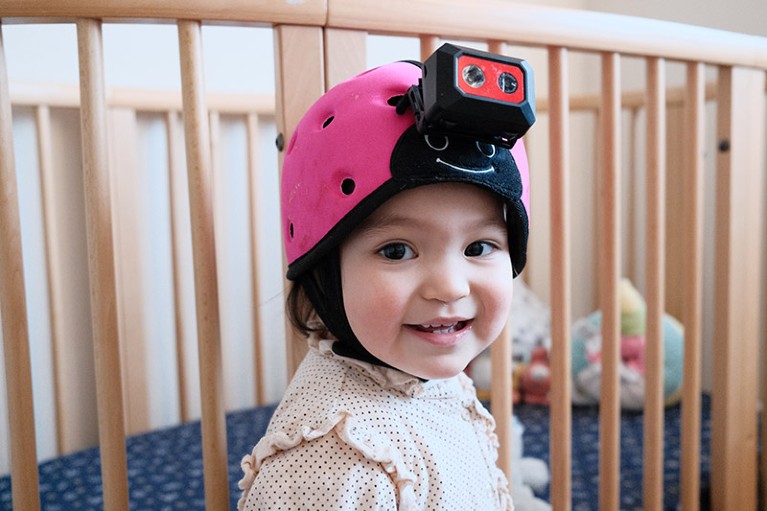
The artificial intelligence learned using video and audio from a helmet-mounted camera worn by Sam — here aged 18 months.Credit: Wai Keen Vong An artificial intelligence (AI) model has learnt to recognize words such as ‘crib’ and ‘ball’, by studying headcam recordings of a tiny fraction of a single baby’s life. The results suggest that…
-
The jump in global temperatures in September 2023 is extremely unlikely due to internal climate variability alone
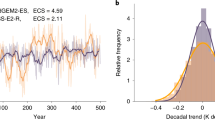
Abstract September 2023 was the warmest September on record globally by a record margin of 0.5 °C. Here we show that such a record-breaking margin is an extremely rare event in the latest generation of climate models, making it highly unlikely (p ~ 1%) that internal climate variability combined with the steady increase in greenhouse gas forcing could…
-
A Bronze Age lip-paint from southeastern Iran
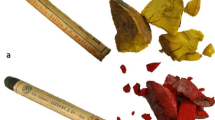
Abstract A small chlorite vial, discovered among numerous artifacts looted and recovered in the Jiroft region of Kerman province, southeastern Iran, contains a deep red cosmetic preparation that is likely a lip-coloring paint or paste. Through analytical research involving XRD (X-ray diffraction), SEM–EDS (scanning electron microscopy-energy-dispersive spectroscopy), and HPLC–MS (high-performance liquid chromatography-mass spectrometry) analyses, the…
-
Mapping super-resolution image quality
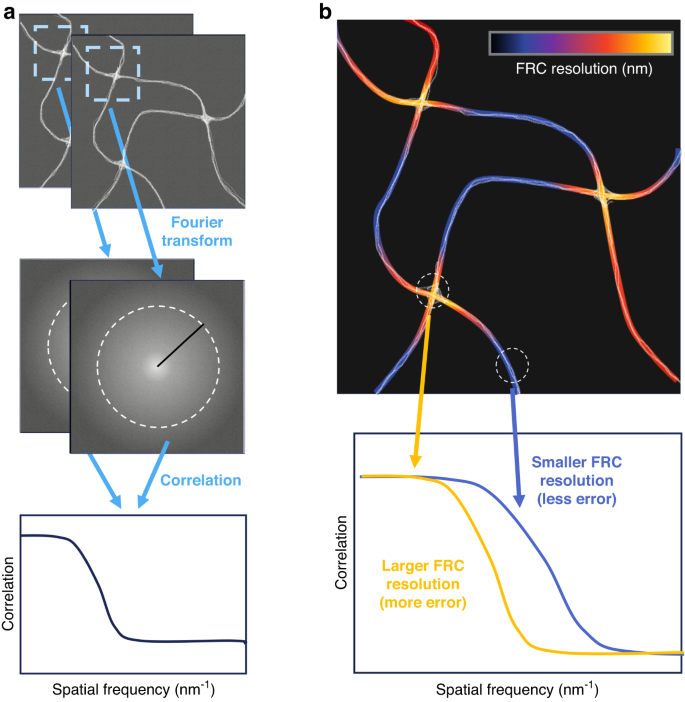
Abstract The local quality of super-resolution microscopy images can be assessed and mapped by rolling Fourier ring correlation, even when image quality varies within a single image. Super-resolution fluorescence microscopy—recognized by the 2014 Nobel Prize—has allowed researchers to visualize biological structures and beyond in exquisite detail. As super-resolution microscopy has become more widely adopted, variations…
-
Passion, curiosity and perseverance: my mission to capture women in science on camera
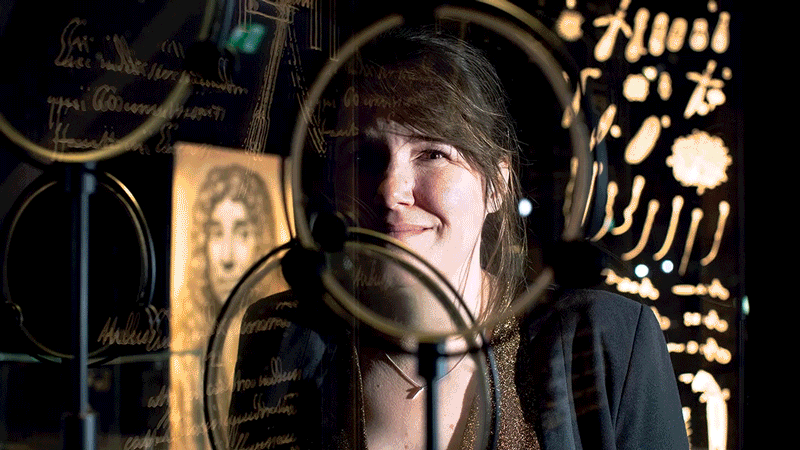
Some of the people featured in Elisabetta Citterio’s photographic project STEM Passion, which opens this month at the Berlin Institute of Health.Credit: Elisabetta Citterio In 2019, molecular biologist Elisabetta Citterio embarked on a journey to highlight the achievements of women in science, technology, engineering and mathematics (STEM), and to broaden public interest in their research…
-
In the AI science boom, beware: your results are only as good as your data
Hunter Moseley says that good reproducibility practices are essential to fully harness the potential of big data.Credit: Hunter N.B. Moseley We are in the middle of a data-driven science boom. Huge, complex data sets, often with large numbers of individually measured and annotated ‘features’, are fodder for voracious artificial intelligence (AI) and machine-learning systems, with…
-
Mysterious exploding star and more — January’s best science images
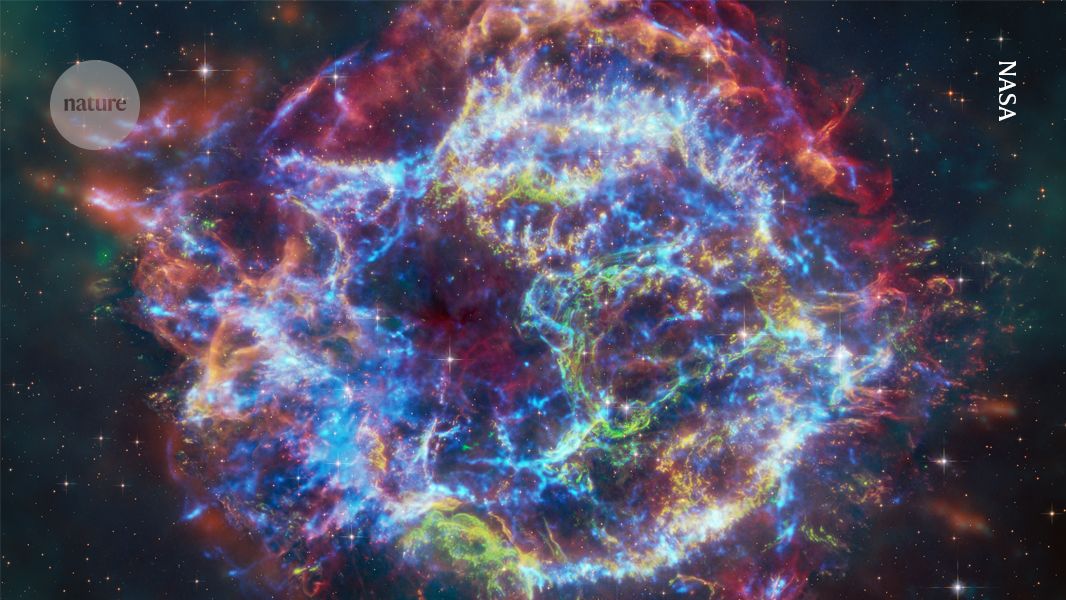
Dry January. The Kashmir Valley is a popular winter tourist destination owing to its mountains and ski resorts — such as Gulmarg, pictured here, where the hills are normally snow-covered in January. But the valley has been afflicted by an exceptional drought, with no snow and an almost 80% shortfall in rain between December 2023…
-
From a pocketful of rocks to scientific director of palaeontological research
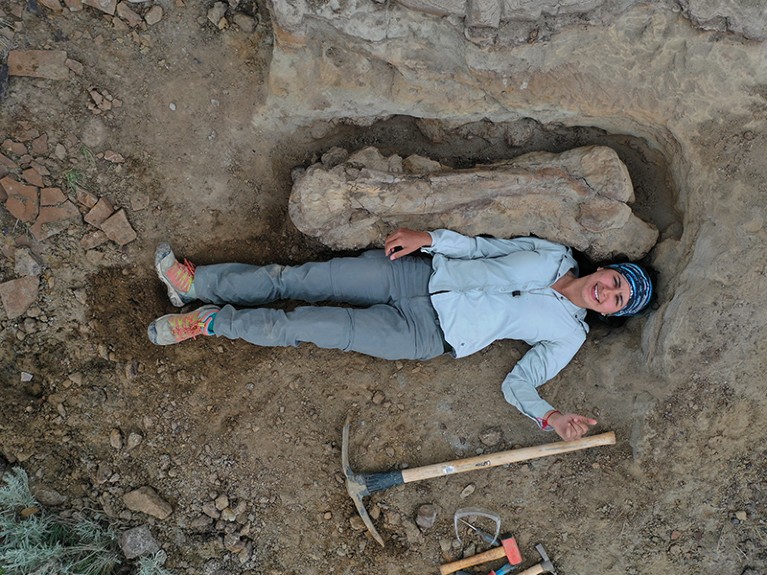
PhD candidate Dirley Cortés lies next to a therapod dinosaur’s long bone during a field course at the Dinosaur Provincial Park near Brooks, Canada.Credit: Hans Larsson/McGill University, Canada Born and raised in Villa de Leyva, Colombia, Dirley Cortés used to come home from family walks with her pockets full of rocks from the fossil-rich area…
-
How can scientists make the most of the public’s trust in them?

Innovations such as remotely operated robotic surgery are coming, but people have concerns about governments’ competence to regulate new technologies.Credit: CFOTO/Future Publishing/Getty People around the world have high levels of trust in scientists, but are concerned about governments interfering in research. These are among the findings reported by the global communications giant Edelman in its…